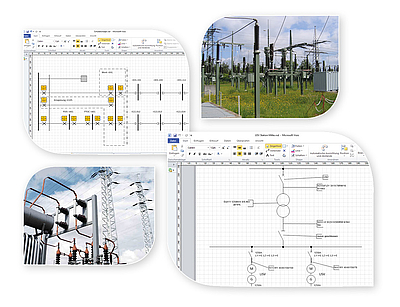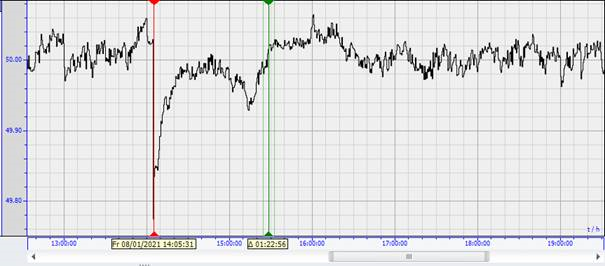Why network calculation?
20. April 2021, - Engineering & Services

A network calculation is always necessary when new networks are created or planned, existing networks are revised or new plants as well as consumers have to be integrated into existing networks. Especially in the case of existing networks, a reliable simple statement about the utilization of the network is not easily possible in many cases due to the insufficient data situation. The structures, which have grown over the years, are usually only documented schematically and were, if at all, considered mathematically in parts during refurbishments.
As a result, the security of supply can be endangered. In order to ensure security of supply, it is absolutely necessary to know the load and disconnection conditions in one's own network. These data serve as a basis for the design of network changes.
The network calculation serves thereby:
- To support the network operation in the evaluation of the current network condition (ACTUAL condition).
- To support secure network operation by means of forward-looking network simulations (planning basis).
- As a basis for operational and network expansion planning (TARGET condition).
- In detail, the network calculation records all dimensioning and calculation data for the correct dimensioning of the electrical power distribution, such as:
- Utilization of the resources by load flow calculation,
- Determination of the capacity reserves of the individual resources,
- Short-circuit current calculation,
- Voltage drop calculation,
- Selectivity consideration
- Current carrying capacity,
- Protection against overload,
- Protection against short circuit,
- Protection against electric shock by disconnection.

In the planning phase of an electrical switchgear or an electrical network, the network calculation is an essential tool for the correct design and the correct selection of the electrical equipment. After completion of the installation, the network calculation is used to determine the setting values of the protective devices or for the required proof of selective fault disconnection (selectivity) in accordance with the applicable standards. The testing of the individual protection devices can of course be carried out with our protection relay testing system "ARTES".
The KoCoS Engineering & Services team uses the established and manufacturer-independent network calculation program "PowerFactory" from DigSILENT. Hereby we calculate nationwide for our customers’ medium and low voltage networks in the automotive industry, industrial and public network operators, public state and federal properties and the petroleum industry.
